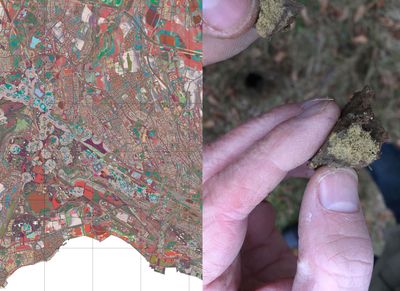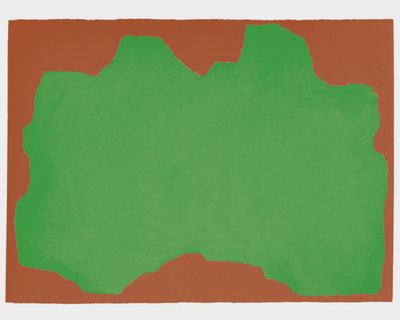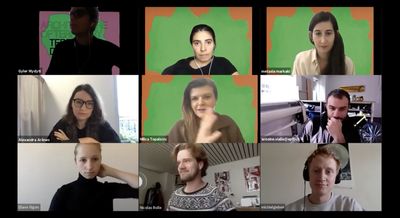Urban Soils Mapping: Case West LausanneAntoine Vialle
Motivated by ever-increasing soil degradation and artificialisation due to past and present urban growth dynamics, the current trend of spatial planning policies at the European and Swiss levels is promoting increased soil protection, by avoiding new developments on agricultural—natural land, and by reorienting development towards existing urban areas that must be densified and restructured. This objective, which is formulated as “inward urbanisation”, not only puts pressure on the soils situated within urban areas, which are cast as priority development targets, but also give a strategic role to this significant component of anthropogenic ecosystems, the multifunctionality of which must be considered as a crucial driver facing cities’ forthcoming social-ecological transition.
However, urban soils are insufficiently studied as a long-term record of environmental history and heavy anthropisation. In this context, the originality of this research is to consider urbanisation not only as consuming and degrading, but also as transforming and producing soils, and to provide a methodology for the study of anthropedogenesis as a coevolution process of urban forms and soil functionalities, both in historical—retrospective and projective ways. Spatial development and urbanisation appear therefore not only as a threat to soil capital, but also as a key lever on which it is possible to act in order to valorise this resource.
Such a narrative integrates various facets of land use, including one-off construction techniques and recurring maintenance practices, planning tools, and morphologies, into a specific ‘project for the ground’ which brought forth the mixed mesh of the Swiss Plateau ‘city-territory.’ Ultimately, in light of the ongoing planning policies, the dynamic vision conveyed by these intertwined soil–urbanisation coevolution trajectories outlines opportunities and strategies and for the regeneration of the resource deposit made up of both West Lausanne’s urban fabric and its soils. Such opportunities and strategies, which aim at a sustainable implementation of the inward urbanisation principle, rest in the understanding of both West Lausanne city-territory and its urban soils as ‘palimpsests’ forming a dynamic system.
Antoine Vialle is Architect (2007) and Former Fellow of the French Academy in Rome—Villa Medici (2010–11). He has been Scientific Assistant and Lecturer in various schools since 2011 and is currently developing a PhD on the soils of the Swiss city-territory at the EPFL Laboratory of Urbanism with Profs. Paola Viganò (EPFL Lab U) and Éric Verrecchia (UNIL IDYST). In 2019, he was Doctoral Visiting Student at the MIT Leventhal Center for Advanced Urbanism in Cambridge, MA.



